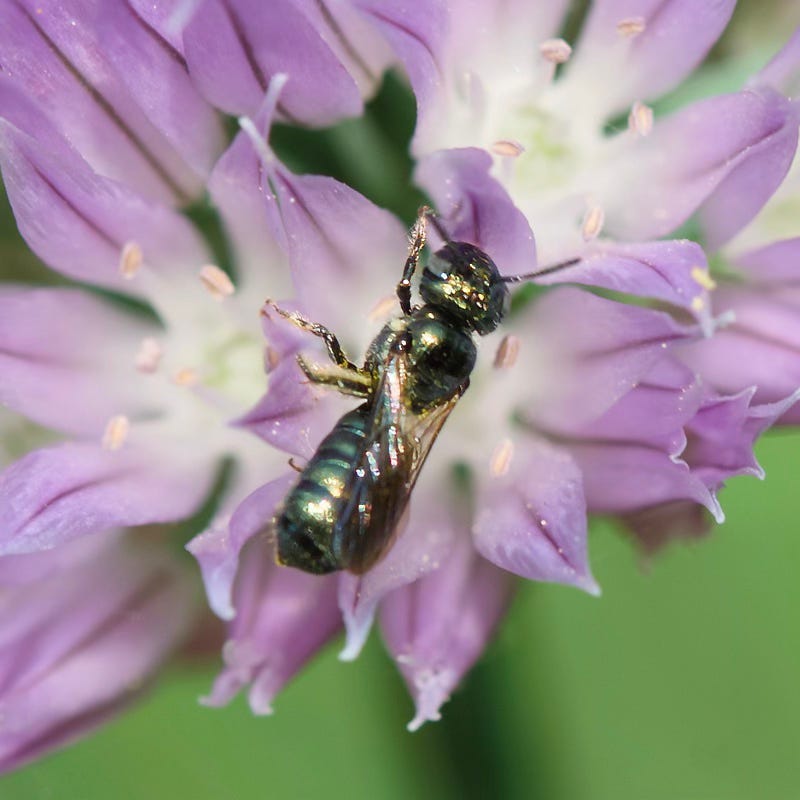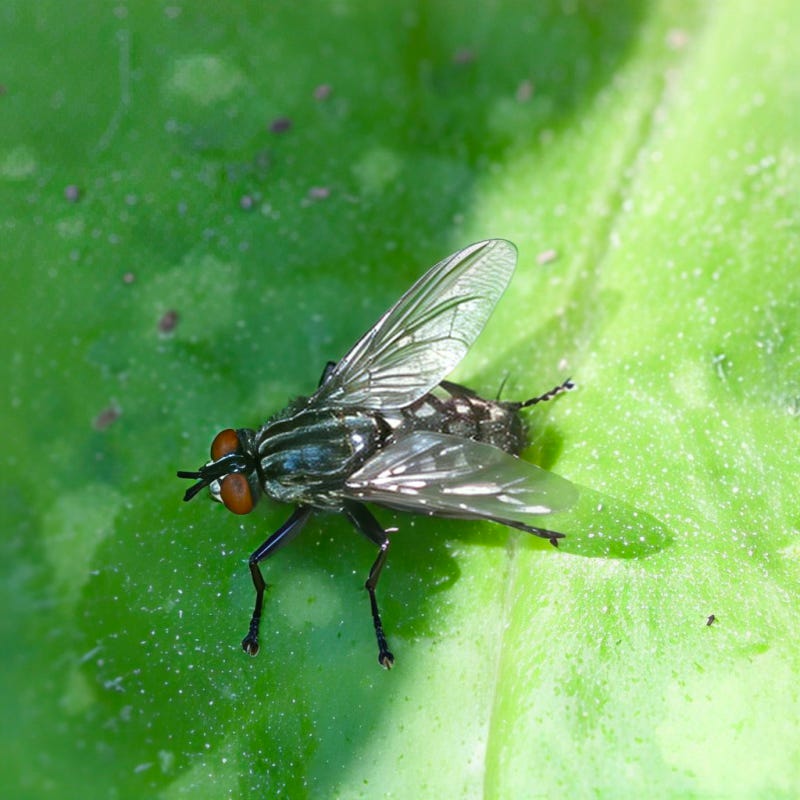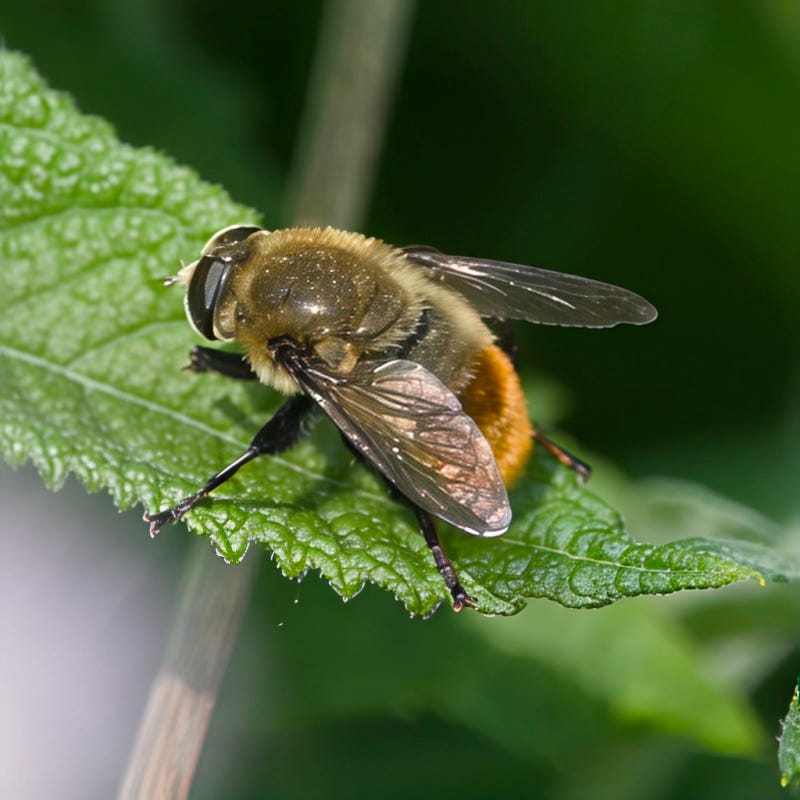I realised that I haven’t introduced any insects that we have seen Whilst Out Walking much of late, so here’s a new one for the personal collection plus some other small insects working the native flowers who we have crossed paths with in recent days while pottering in the neighbourhood. Nature close to home. Todays post is a catch-up.
Starting with …
Quite a large cranefly of a genus (Metalimnobia) that has getting on for 50 species worldwide. No chance of telling you what the species actually is as this seems to depend on the precise patterning on the wings as seen when open and also the form of the male genitalia. Let’s just say this is a somewhat niche area of taxonomic interest.
Mostly found near water bodies, especially in forested environments. They are small to medium-sized insects with distinctive characteristics, including long, slender bodies and legs. Commonly seen resting on vegetation or flying near the water's surface. Their larvae are aquatic, feeding on algae, detritus, and small invertebrates in the water.
Metalimnobia cinctipes and Metalimnobia solitaria are two species confirmed in Canada, so maybe this is one of those, but I am sure the world will continue spinning happily on its axis, quite unconcerned, if I fail to go down that rabbit hole. A new species for me (lifer).
And …
Ceratina calcarata, the spurred ceratina, is a species of small carpenter bee. The first subsocial bee species to have its genome published, allowing researchers to investigate the evolutionary origins of social behaviour. This specimen is working some chive flowers.
One of the Flesh Flies (Carnophaga). Larvae typically feed on decaying meat while some eat the bacteria and other small organisms living on carrion.
Furrow Bee of the genus Halictus. Many species in the genus are eusocial, with colony sizes ranging from very small (two to four bees) to large (>200). Nests are typically burrows in the soil.
Merodon equestris (Narcissus bulb fly) is a Holarctic species of hoverfly that is not native to this continent. They visit a large variety of flowers for nectar, while the larvae feed internally in tissues of bulbs of Amaryllidaceae. Regarded as a horticultural pest, especially of Narcissus.
Andrena crataegi, the hawthorn miner bee, is yet another species of miner bee in the order Hymenoptera. Here collecting pollen from the flowers of a Physocarpus bush.
Toxomerus marginatus, also known as the margined calligrapher fly, is a common species of hoverfly and really very tiny. It is found in many parts of North America. The larvae are predators of thrips, aphids, and small caterpillars. Adults feed on a wide range of flowers











Lovely insects! Craneflies are quite fascinating and very diverse... a little known fact is that one entomologist, the great Charles Alexander, described around 10,000 species of them!
Nice selection of insects! We also have Narcissus Bulb Flies over here.
The Margined Calligrapher Fly is a very handsome hoverfly